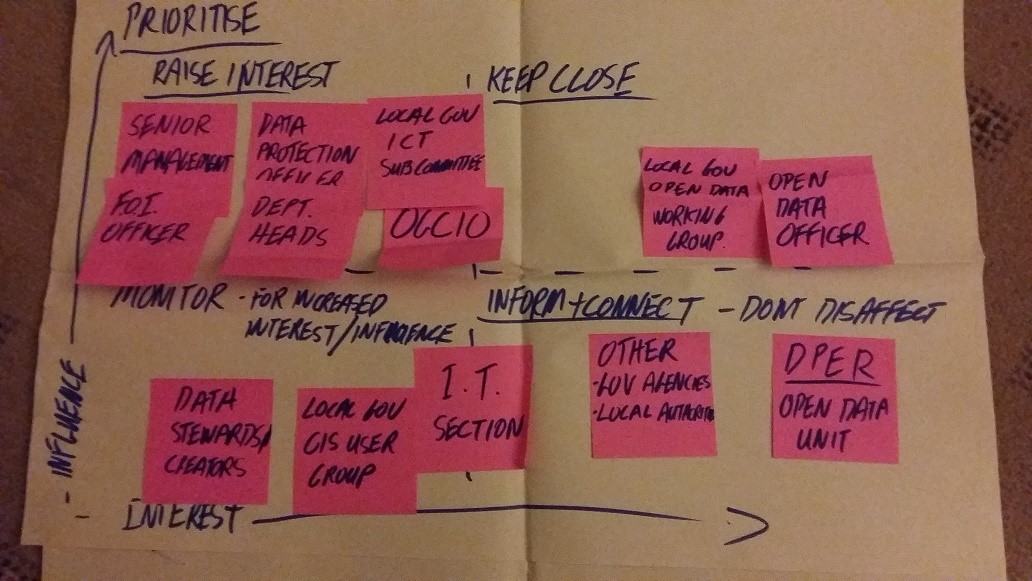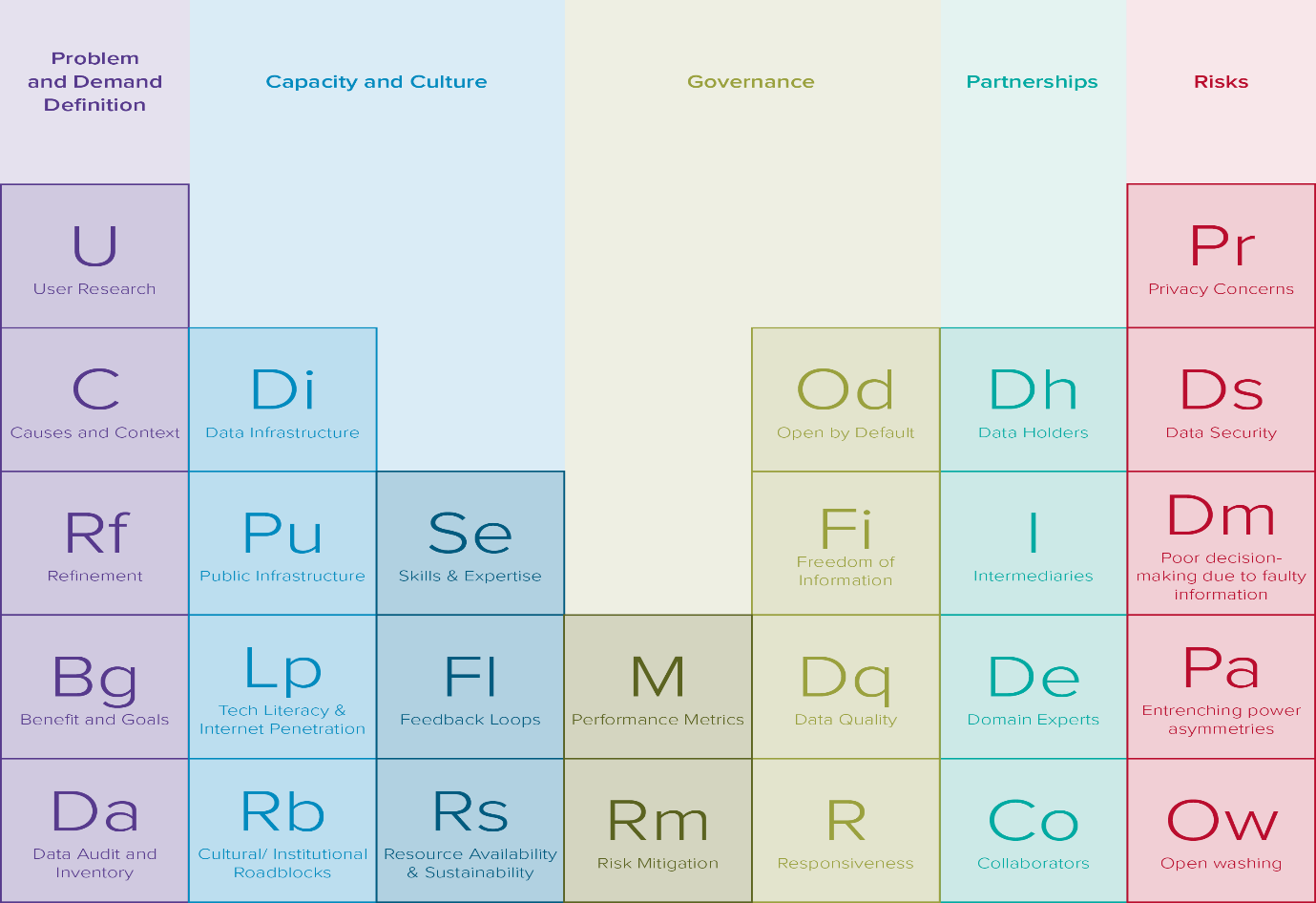Key points for consideration from Open Data Leaders Network 2017 – Last part of a 3 part blog from Barry Doyle.
15 Nollaig 2017The importance of engagement and embedding a culture of open data
This is Part 3 of a 3-Part report. Part 1 can be viewed here, and Part 2 can be viewed here
When we first created the Roscommon County Councils Open Data Portal there was nobody standing over us saying this is what we needed to do and that we needed to do it now. We knew it made a lot of sense, that it was something that we would have to consider in the near future anyway, and we understood the potential benefits to doing so. The approach was to start small, to focus on datasets that were easy to publish and that there were no quality or data protection concerns about.
Somewhat naively the thought process was that if we could just demonstrate open data in practice that the portal would promote itself, the ‘build it and they will come’ principle. However if nobody knows about it in the first place or understands the reasoning behind it and what exactly ‘Open’ means in terms of licencing and reuse then building a sustainable initiative that has a lasting impact is a difficult thing to do. Therefore engagement with stakeholders, both internal and external, is an important element of any successful initiative.
So who are the stakeholders? As part of an ODLN session dealing specifically with engagement I carried out an exercise to identify and classify stakeholders with some level of influence over the success of our local Roscommon initiative and was surprised by the number identified. Each one of these needs some level of engagement to ensure they understand the ‘what’ and the ‘why’, and to provide them with the opportunity to contribute to the success of initiative.

Stakeholders
And then there are the potential users of the data. How to raise awareness and to ensure that the data we do make available is used and has an appropriate level of impact. This generally takes the form of outreach activities such as the running of hackathons and seminars based around particular problem areas along with the identification and sharing of case studies. A recent positive development here in Ireland has been the launch of a competitive Open Data Engagement Fund. The key point here is while such engagement activities take time, money, and effort they are critical to the success of any initiative.
How to measure impact?
Finally, you have your Open Data initiative established and properly supported, have identified and are publishing high value datasets in a sustainable way, and you have run a number of outreach activities to raise awareness with key potential data consumer groups. Great, but how do measure the impact that this is having and demonstrate the cost associated with the initiative is worth it. Is it simply by measuring the number of visitors to your portal and the number of data downloads, or is it through measuring the benefits that have accrued through the subsequent use of those datasets, and if so how is this achieved? Does publishing one high value dataset result in more value than 10 low value ones? These questions formed the basis of our last ODLN session of the week.
The good news is that a number of organisations are already monitoring and measuring how well governments are doing. As referenced previously there is the EU Open Data Maturity report, the Open Data Barometer, and also the likes of Open Knowledge International’s Global Open Data Index. What I particularly took from the Open Data Barometer was that while Ireland has made good progress in terms of the Readiness and Implementation categories it still lags far behind when it comes to Impact. On the other hand however Ireland isn’t even included on the OKI’s Index while St Vincent and the Grenadines is. So this begs the question how accurately do these represent the situation on the ground, do they take into account more local and regional initiatives, can they be applied to local initiatives, or can and should we take these methodologies and modify and apply them as we see best.
An excellent resource that will help ensure all relevant considerations are taken into account prior to embarking on any Open Data initiative is the the ODi’s ‘Periodic Table of Open Data Impact Factors’. While the number of factors may seem daunting, by being aware of them and by considering them in relation to your own local context should greatly assist in planning and directing your efforts, and maximising the impact of your efforts.

Barry Doyle
GIS Officer
Roscommon County Council

 Derilinx
Derilinx